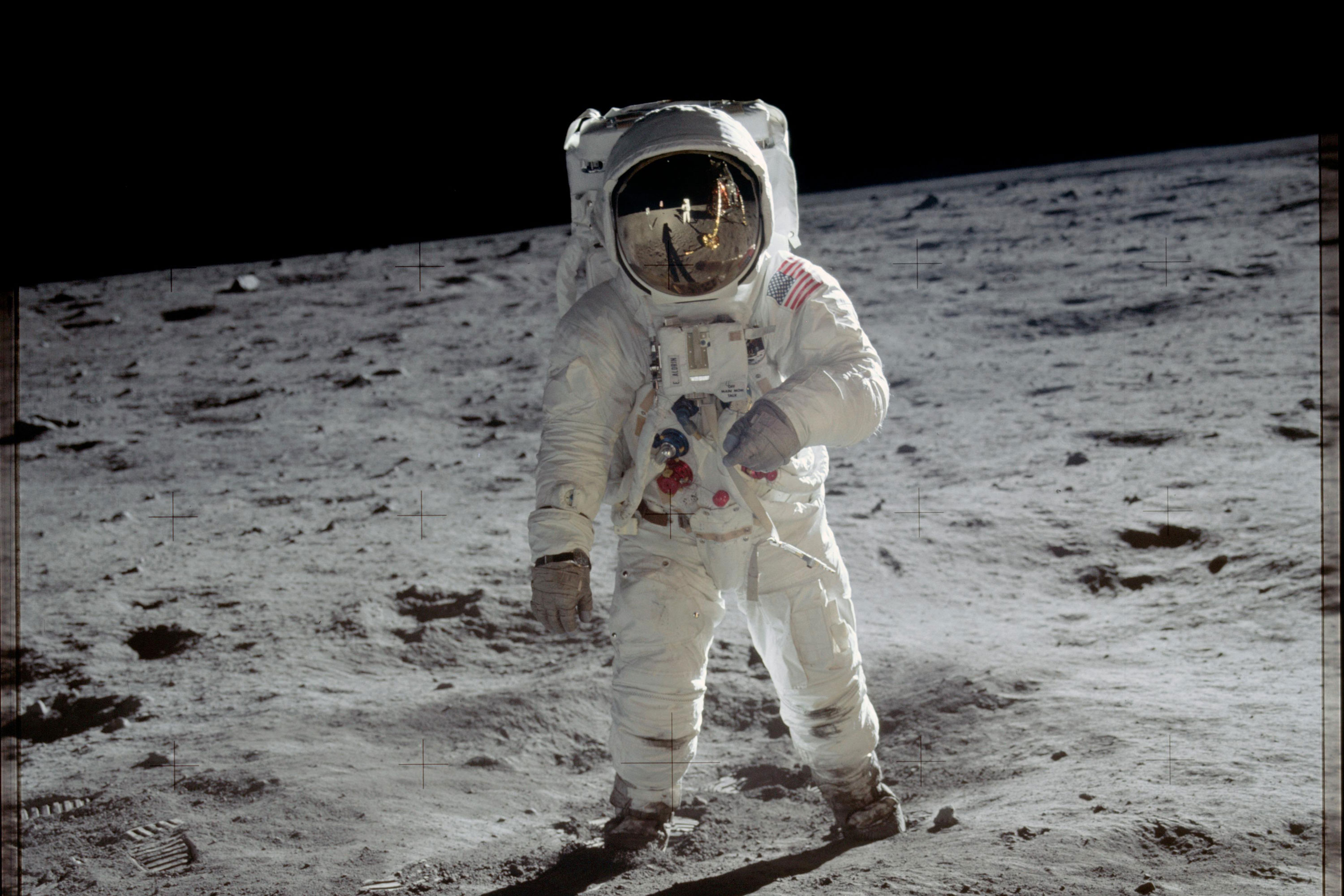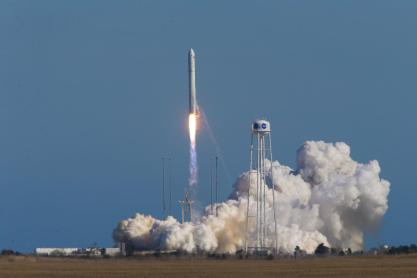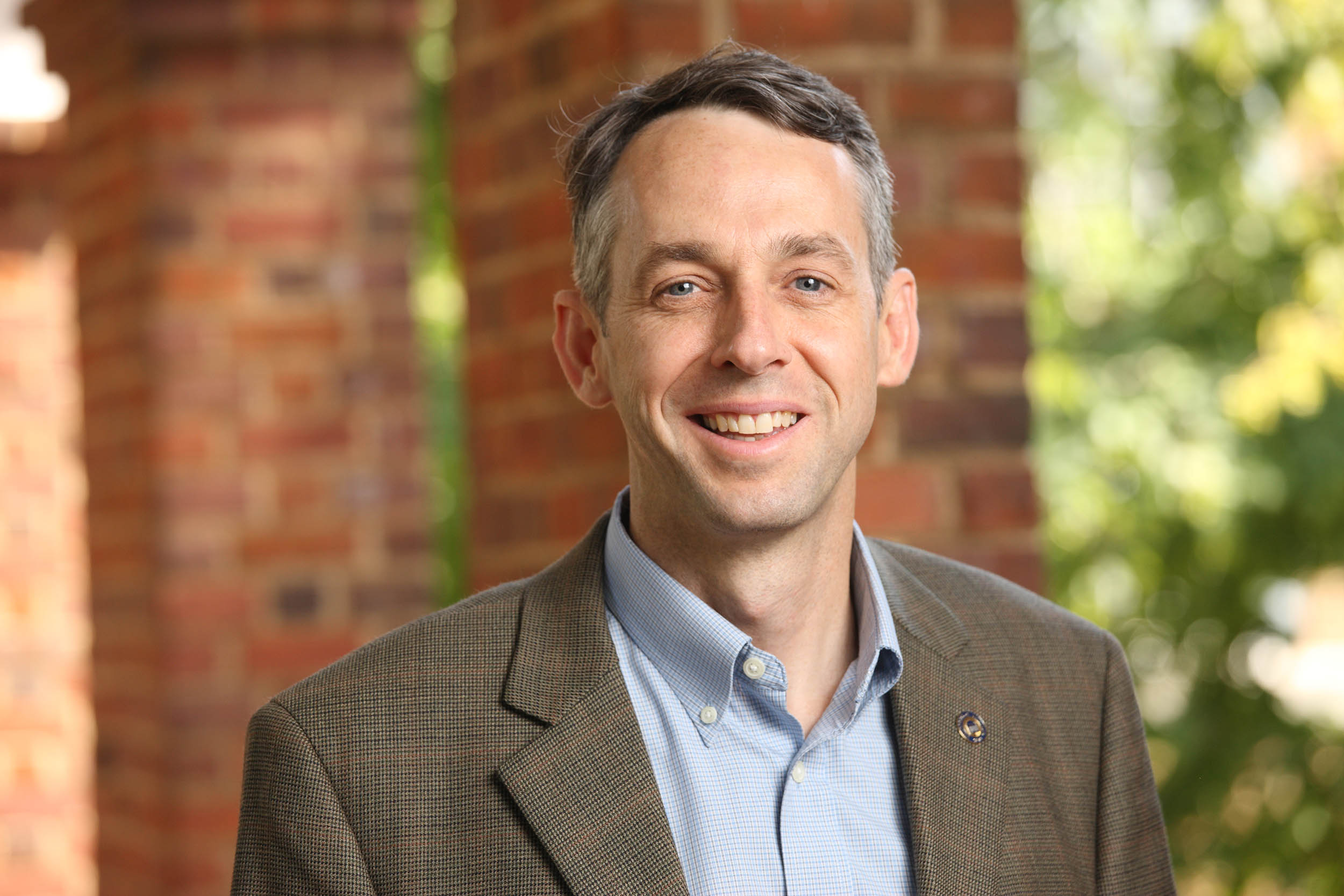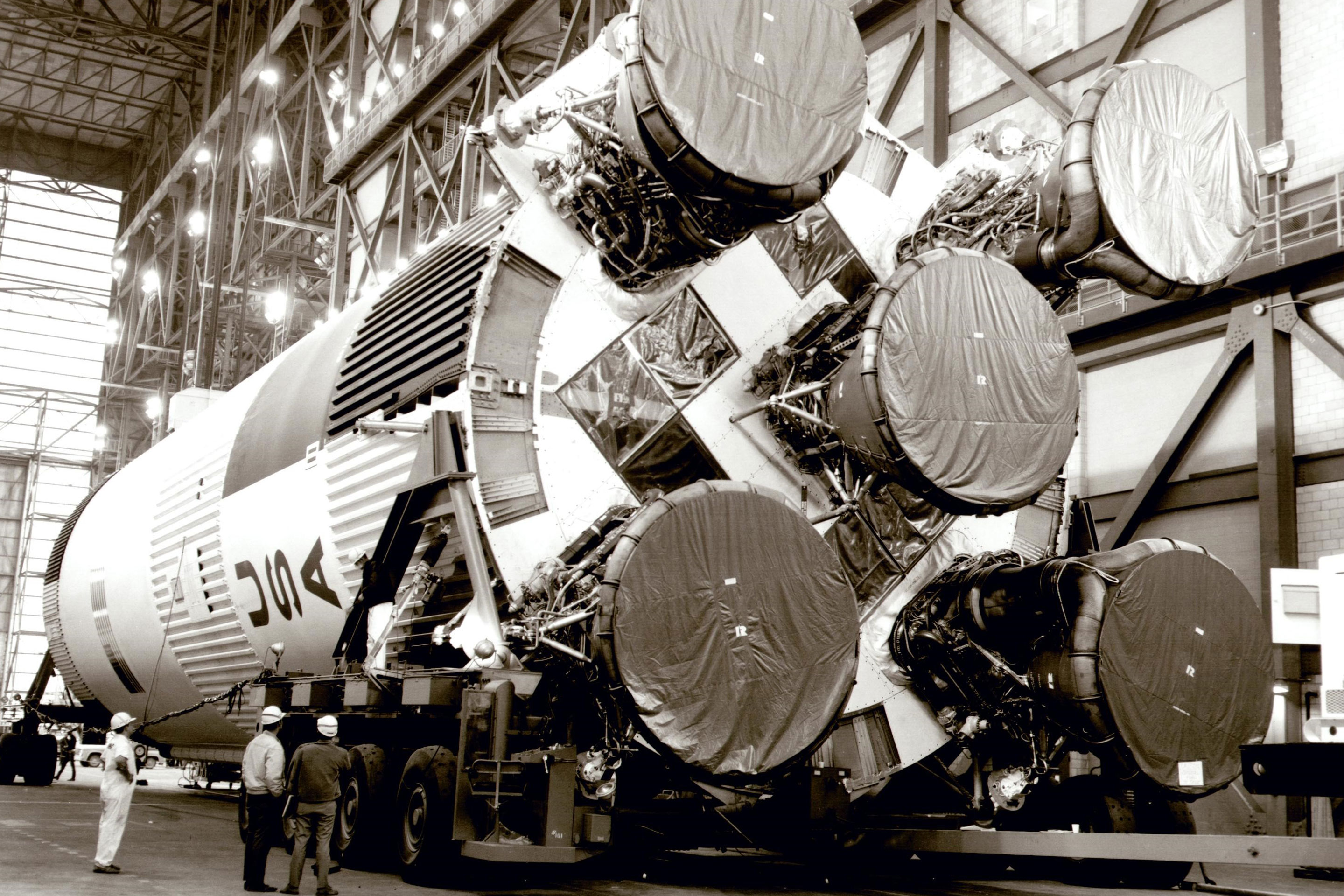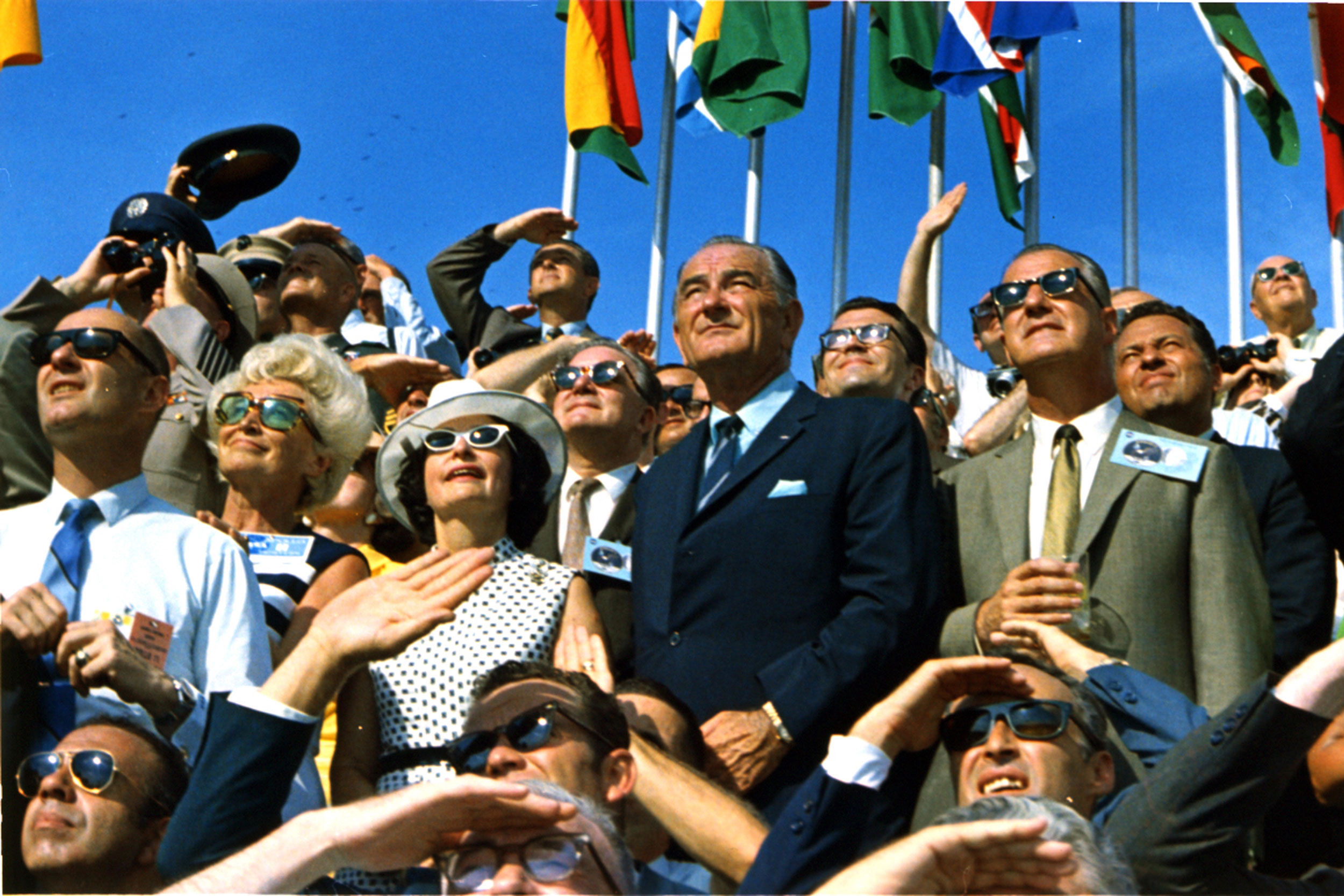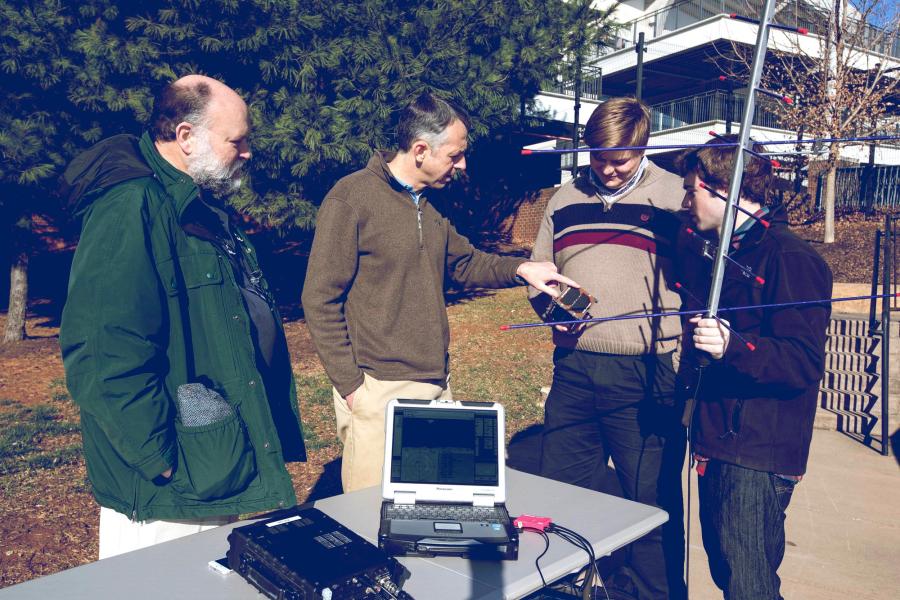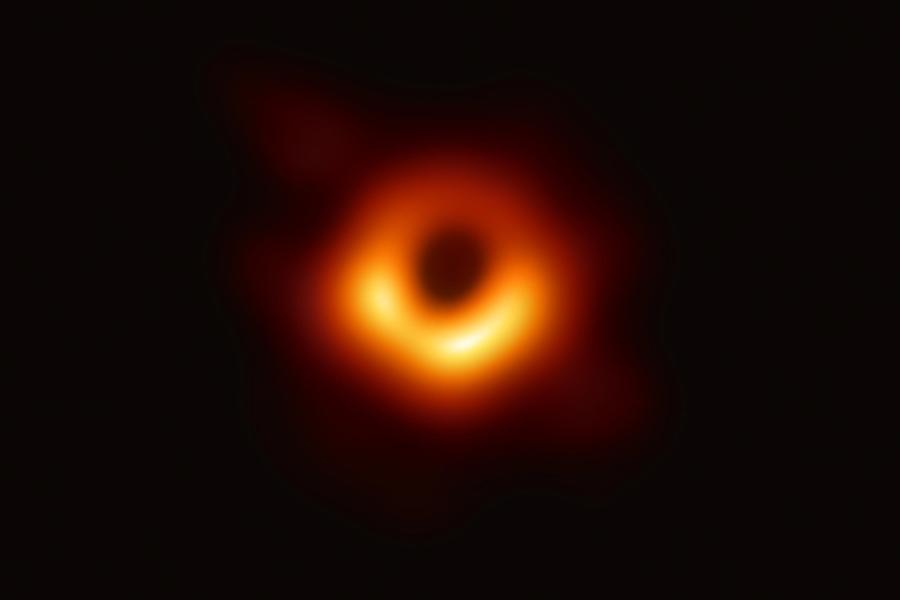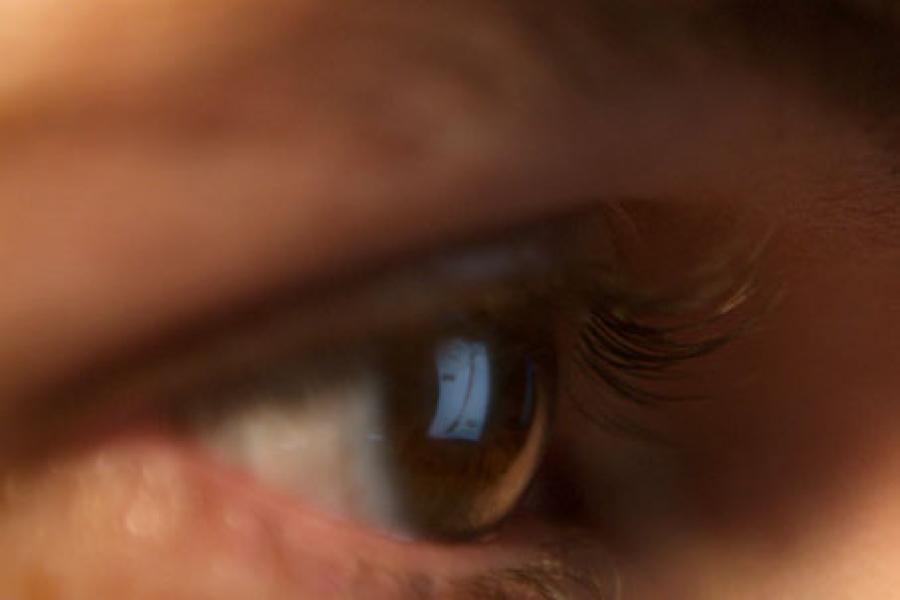Q. How has the space program influenced you as an aerospace engineer?
A. I was too young to remember the Apollo program, but the program had a profound effect on aerospace engineering and society in general.
The Apollo program showed us that great things are possible if we all work together toward a common goal. The rate of technology development during Apollo was high, and to this day, we benefit from those advances; computer control of complex machines, solar panels and cordless tools are just some examples.
As a young kid growing up in Australia, my first space memories are of the space shuttle program (which directly benefitted from the advances of Apollo). At the age of 11, I remember standing in the front yard of my house in the twilight of sunset and using binoculars to watch the shuttle orbiter fly over. The shuttle program captured the imagination of people all over the world, much the same way that Apollo did. It is experiences like these that inspired many children to pursue aerospace engineering, and engineering in general.
Q. Have you talked with your students or held classes on the importance of the Apollo program? What is your takeaway in terms of what we gained from the missions?
A. I teach spacecraft design to mechanical and aerospace engineering students. We do study the Apollo program, and in particular the great Saturn V rocket. The Saturn V was one of the most successful rockets of all time. Saturn V had a 100% success rate over its 13 flights. Historically, since the beginning of the space race, only 90% of rockets have made it to space. Saturn V was just amazing; it was 36 stories high, 33 feet in diameter and could lift 260,000 pounds into low Earth orbit. To this day, it is the only rocket that has carried humans beyond low Earth orbit. For a rocket that was developed in the ’60s, these are some amazing statistics.
I think one of the most important takeaways is that amazing technology can be designed by people without computers. So much of our modern aerospace engineering design depends on computers. But if an engineer has a good understanding of the fundamentals, and is good at math, then very complex problems can be solved. It is a good lesson that we don’t need to be too dependent on computers when designing aerospace systems and that we should always manually check any computer calculations.
